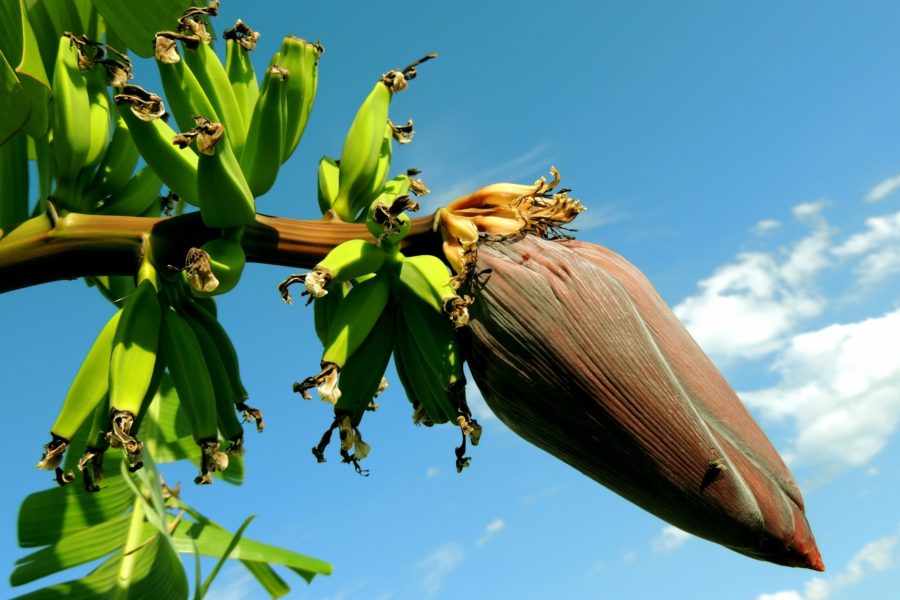
EFFECT OF SIX INDIGENOUS WEED EXTRACTS AGAINST CUCURBIT FRUIT FLY, BACTROCERA CUCURBITAE (COQUILETT) (DIPTERA: TEPHRITIDAE)
Effect of six different weed extracts on the repellency and oviposition deterrent were conducted against cucurbit fruit fly, B. cucurbitae (Coq.) in the laboratory of the Department of Entomology, HSTU, Dinajpur, during July to December 2021. The study was carried out primarily with 5.0 % concentration for six weed extracts followed by two weed extracts with four concentrations (0.5, 1.0, 2.0 and 4.0 %) on bitter gourd fruit. Results indicated that the tested weed extracts not only cause repellent and oviposition deterrent effects against B. cucurbitae but also inhibited the progeny development. The lowest number of larvae (0.67) and pupae (0.67) recovery and adult emergence (0.33) was recorded from water pepper weed extract at 5.0% concentration followed by croton weed extract. The order of toxicity of the weed extracts based on repellency and oviposition deterrent was water pepper > croton > black nightshade > goat weed > common lucas > mexican poppy. However, progeny recovery, percent repellency and oviposition deterrent were found dose dependent manner. The highest repellency (53.05%) and oviposition deterrent (95.40%) were found in water pepper as against the lowest repellency (28.73%) and oviposition deterrent (44.96%) was in common lucas. The highest percent reduction of pupae recovery was observed in water pepper (97.53%) whereas the lowest was in mexican poppy weed extract (63.86%). The water pepper weed extract also showed the highest inhibition of adult emergence (98.72%). It is evident from the results that all the weed extracts caused a remarkable decrease in adult emergence, larvae and pupae recovery, and adult settling compared to control.
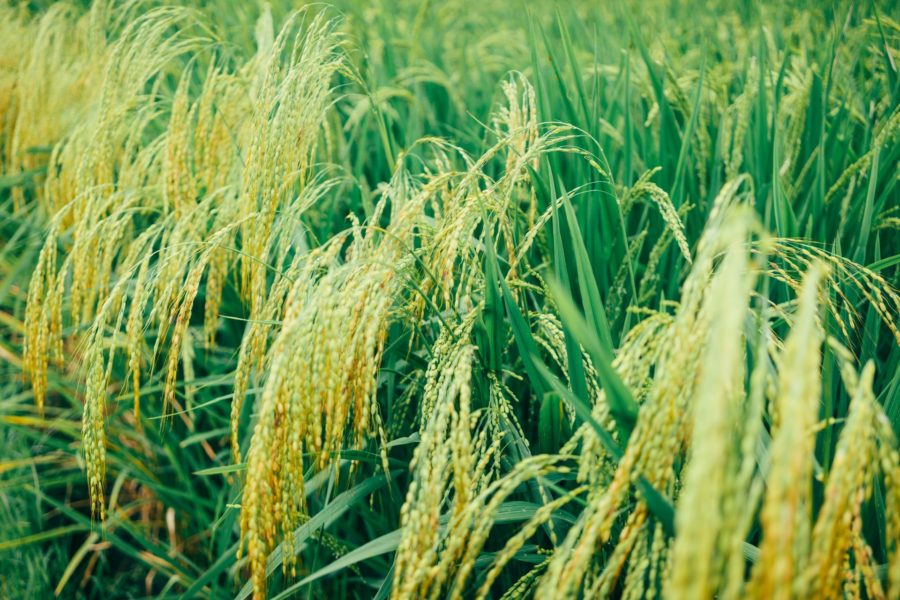
EFFECTS OF NEW GENERATION INSECTICIDES ON THE INFESTATION OF STEM BORERS AND YIELD OF RICE
The study was conducted from September 2019 to December 2020 to know the effects of the new generation insecticides, Virtako 40WG (Chlorantraniliprole and Thiamethoxam) and Coragen 18.5SC (Chlorantraniliprole) on the infestation of rice yellow stem borer (Scirpophaga incertulas) and dark headed stem borer (Chilo suppressalis) and yield of rice. The insecticides with concentrations 0.1, 0.5, 2, 10, 50 and 200 ppm were applied along with an untreated control. Rice plants were cultivated in the experimental field of Bangabandhu Sheikh Mujibur Rahman Agricultural University, Gazipur, Bangladesh. All doses of the insecticides resulted significantly lower level of plant infestation. Virtako 40WG and Coragen 18.5SC at concentrations of 200 ppm showed the lowest levels of dead heart (3.0% and 2.0%, respectively) and white head (2.7% and 2.2%, respectively) symptoms. All the doses of the insecticides produced significantly the higher yield of rice compared to untreated control and the dose 200 ppm produced the highest yield.
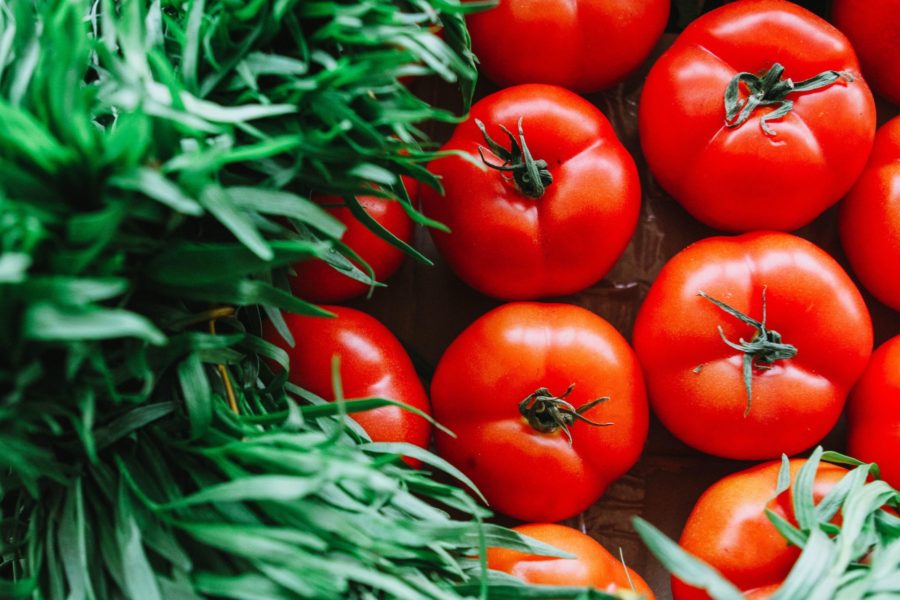
EFFICACY OF BIO-RATIONAL AND MICROBIAL INSECTICIDES AGAINST FRUIT BORER (HELICOVERPA ARMIGERA HUB.) ATTACKING TOMATO
The experiment was carried out during winter 2019 in the field of Agricultural Training Institute, Sylhet, Bangladesh to find out the effective ecofriendly insecticides to control fruit borer Helicoverpa armigera Hub. attacking tomato plants. The study was conducted with three treatments viz., Bacillus thuringiensis @ 2.0 mg L-1, Spinosad 45 SC@ 0.4ml L-1, Abamectin 1.8 EC @ 1.2 ml L-1 of water and untreated control. Results revealed that the number of healthy fruits increased by 72.85% over control due to spraying of Spinosad 45 SC and it was followed by Bacillus thuringiensis (32.78%) and Abamectin 1.8 EC (26.82%). The highest number of healthy fruits (274.00) was harvested from Spinosad 45 SC treated plot and the lowest number (100.6) from untreated control plot. The yield in different treatments ranged from 12.43 -17.58 t ha-1. The highest adjusted net return (Tk. 225800.70) and BCR (Tk. 8.74) were obtained from Spinosad 45 SC treated plot. The second highest BCR of 8.70 was calculated from Bacillus thuringiensis (Bt) treated plot and the lowest BCR of 5.02 was found in Abamectin 1.8 EC treated plot. All the treated insecticides reduced the infestation of fruit borer, but Spinosad 45 SC was found most effective.
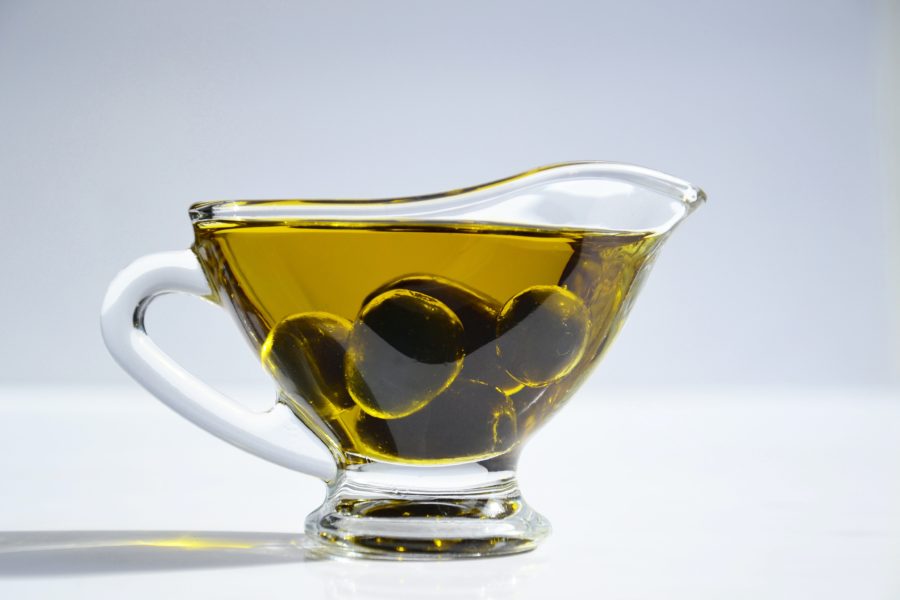
EFFECTS OF BOTANICAL OILS ON APHIS CRACCIVORA Koch (HOMOPTERA: APHIDIDAE)
In the present study, five botanical oils namely sesame, castor, groundnut, pongamia and black cumin were tested against the adult of Aphis craccivora Koch to evaluate the toxic and repellent effects under laboratory conditions (25 ± 5° C, 65-75% RH). Four concentrations (1.5, 2.0, 2.5 and 3.0%) along with on untreated control were utilized for the toxic and repellent study. Results indicated that all the botanical oils had different levels of toxic and repellent effects and found effective against the aphid. Among the tested botanical oils, the highest (40.50%) mortality was found in sesame oil while the lowest (30.50%) in black cumin oil against the aphid. The lowest LD50 values for sesame oil were found as 28.093, 4.529, 0.945 and 0.179 % at 12, 24, 36 and 48 HATs, respectively. Mortality percentages were dose dependent and proportional to the hours after treatments. The highest LD50 values were observed as 586.05, 14.860, 2.856 and 2.373% at 12, 24, 36, and 48 HATs, respectively for black cumin oil. Sesame oil also showed the highest repellent effect (69.00%) i.e., repellent class IV among all the botanical oils applied. On the contrary, black cumin oil showed the lowest repellent (33.33 %) effects, i.e., repellent class II. The order of toxicity was found as sesame oil > castor oil > groundnut oil > pongamia oil > black cumin oil considering all the concentration and efficacy. Therefore, among the tested oils sesame oil might be tested in field condition against the A. craccivora.
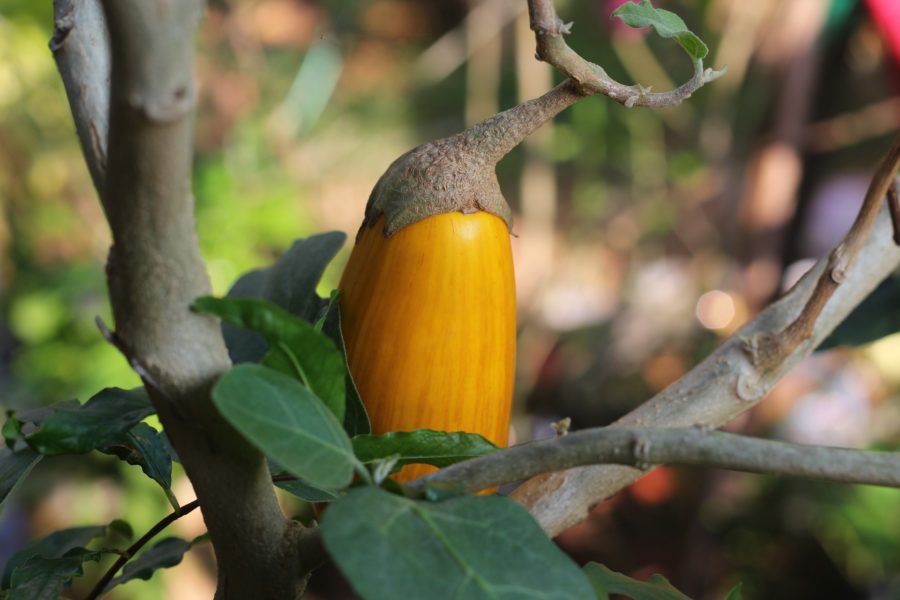
MORPHOLOGICAL TRAITS AND PHYTOCHEMICAL CONTENTS OF BRINJAL GERMPLASM AFFECT THE INCIDENCE AND INFESTATION OF APHID
The study was conducted with BD-7320, BD-7328, BD-9952, BD-10154, BD-10158, BARI Begun-1, BARI Begun-4, BARI Begun-5, BARI Begun-6, BARI Begun-7, BARI Begun-8 and BARI Begun-9 germplasm lines of brinjal with a view to understanding the resistant behavior of plant morphological characteristics and phytochemical contents to aphid infestation. The experiment was conducted at Bangabandhu Sheikh Mujibur Rahman Agricultural University, Gazipur, Bangladesh during September 2018 to March 2019. The abundance of aphid among the germplasm lines varied significantly, and was the lowest and statistically similar on BD-9952, BARI Begun-6 and BARI Begun-4. The abundance of aphid on BARI Begun-8 and BD-10158 showed significant positive correlation with plant height, branch/plant, leaf/plant and leaf area, but had significant negative association with abaxial and adaxial leaf trichomes, spine/stem and spine/leaf. The phytochemical content of leaf like moisture, total chlorophyll, proline, reducing sugar, total sugar and protein content had positive effect on the abundance of aphid, whereas pH and ash content of leaf had negative correlation. The infestation level of aphid varied significantly among twelve germplasm lines where BD-9952, BARI Begun- 6 and BARI Begun- 4 depicted statistically similar and the lowest infestation of aphid.

POTENTIAL OF FOUR BOTANICAL OILS AGAINST THE RED PUMPKIN BEETLE ATTACKING SWEET GOURD
The study was carried out using four botanical oils such as neem, (Azadirachta indica) pithraj, kalozira (Black camin) (Nigella sativa) and tishi (Linseed) (Linum usitatissimum) to manage red pumpkin beetle Aulacophora foveicollis attacking sweet gourd. Data were taken on the number of red pumpkin beetle on a twig per plant and fruits yield. The number of insects reduced with increasing time after spray of botanical oils. The number of insect per plant markedly reduced up to 72 hours of spray but best result was observed at 24 and 48 hours after application of treatments. For every spray the highest number of insect was observed 7 days after spray. The results of the present study revealed that among all the tested botanical oils black cumin had promising effect against the beetle at 7 days after spray. Based on the number of fruits per plant black cumin oil may be used as an effective management option against A. foveicollis.
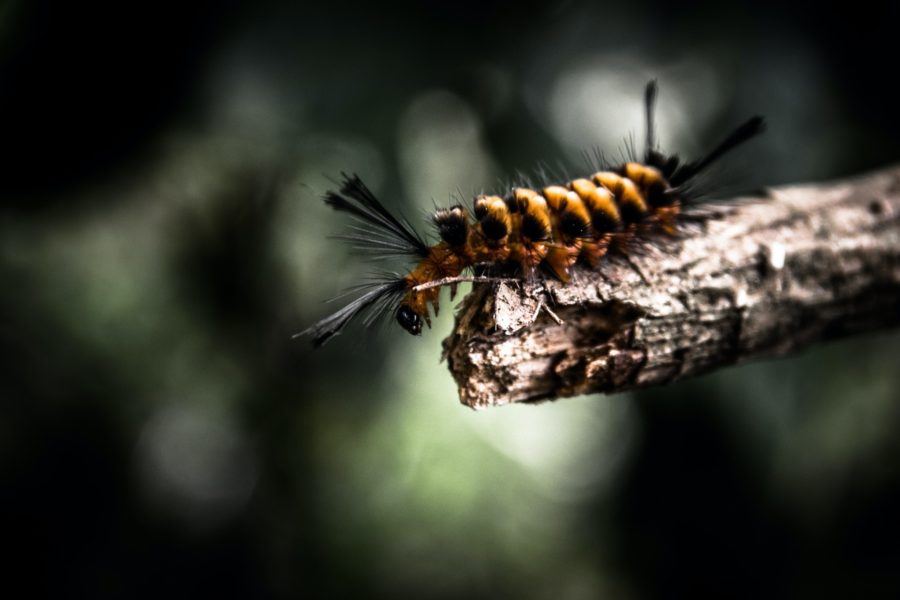
INCIDENCE OF MAJOR INSECT PESTS AND NATURAL ENEMIES ON Bt AND NON-Bt BRINJAL (SOLANUM MELONGENA L.) VARIETIES
Eight species of insect pests belonging to four orders and eight families were found to infest at different growth stages of brinjal crop in the experimental field, Sher-e-Bangla Agricultural University, Dhaka during October, 2018 to April, 2019. Among the insects, five namely, Brinjal shoot and fruit borer (BSFB), (Leucinodes orbonalis), epilachna beetle (Epilachna dodecastigma), jassid (Amrasca biguttula biguttula), aphid (Aphis gossypii) and whitefly (Bemisiatabaci) were recorded as the major pests and the rests were of minor pests. Four species of natural enemies namely, coccinellid beetles Coccinella septempunctata, Coccinella transversalis, Menochilus sexmaculatus and spider, Argiope luzona were also recorded in the experimental field. Among the pests, BSFB was borer and epilachna beetle was chewing pests and rests were considered as sucking pests of brinjal. Brinjal shoot and fruit borer (BSFB) infestation showed significant variation among the varieties. Most of the pest incidence was observed maximum in the 3rd week of April at the fruiting stage of the crop. The maximum shoot and fruit infestation (38.75% and 53.68%) recorded in non-Bt brinjal during 3rd week of April, 2019, while Bt brinjal suffered minimum shoot and fruit infestation (1.22% and 1.98%).Among the varieties BARI Bt begun-2 received the lowest BSFB incidence (0.92 in number) while the highest was 15.23 observed from Jashore local. Average healthy fruit yield of Bt and non-Btbrinjal were recorded 39.89 t ha-1 and 24.36 t ha-1, respectively. While infested fruit yield of Bt and non-Bt brinjal were 1.19 t ha-1 and 11.88 t ha-1, respectively.
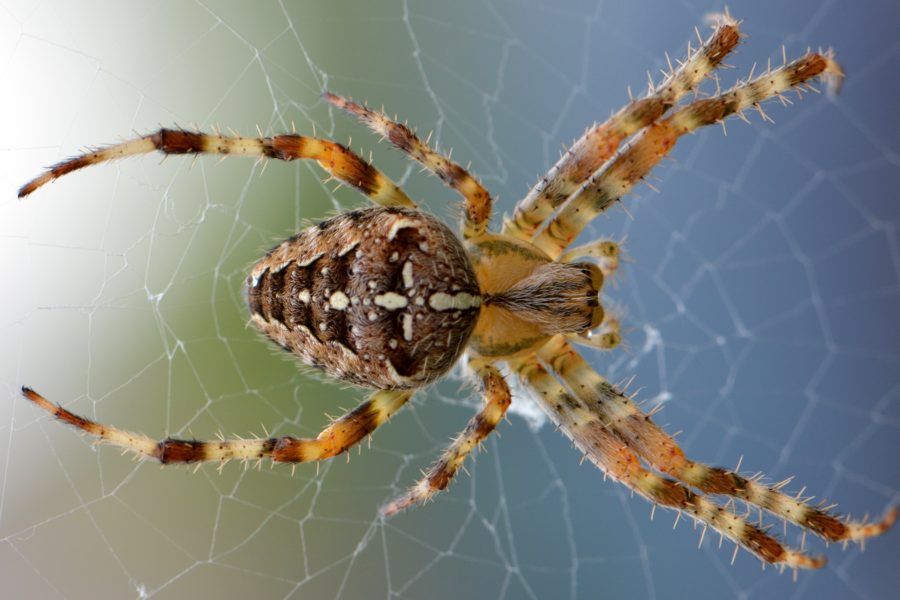
A NEW SPECIES OF SPITTING SPIDER GENUS SCYTODES Latreille, 1804 (ARANEAE : SCYTODIDAE) FROM BAGERHAT, BANGLADESH
A new species of spitting spider genus Scytodes Latreille namely – Scytodes tikaderi n. sp. is described and illustrated. Generic diagnosis together with the distribution of the species also provided herewith.

PREVALENCE OF VETERINARY ECTOPARASITES IN BARURA, CHANDINA AND LAKSAM UPAZILAS OF CUMILLA DISTRICT, BANGLADESH
Studies on the prevalence of veterinary ectoparasitic insects and arachnids of cattle and goats in three upazila of Cumilla district was conducted for one year during December 2013 to November 2014. Three upazila of Cumilla district were Barura, Chandina and Laksam selected for the study. Total 742 animals (cattle 463 and goats 279) were examined; among them 564 animals (353 cattle and 211 goats) were found infested by several species of ectoparasites (e.g., lice, flies, fleas, ticks and so on). Veterinary animals (cattle and goats) in Barura upazila showed the highest prevalence of ectoparasitic infestation (81.43%) and in Chandina upazila showed the lowest prevalence (56.42%). The intensity of ectoparasites infestation was the highest in Chandina (9.08) and the lowest was in Laksam upazila (7.78).
